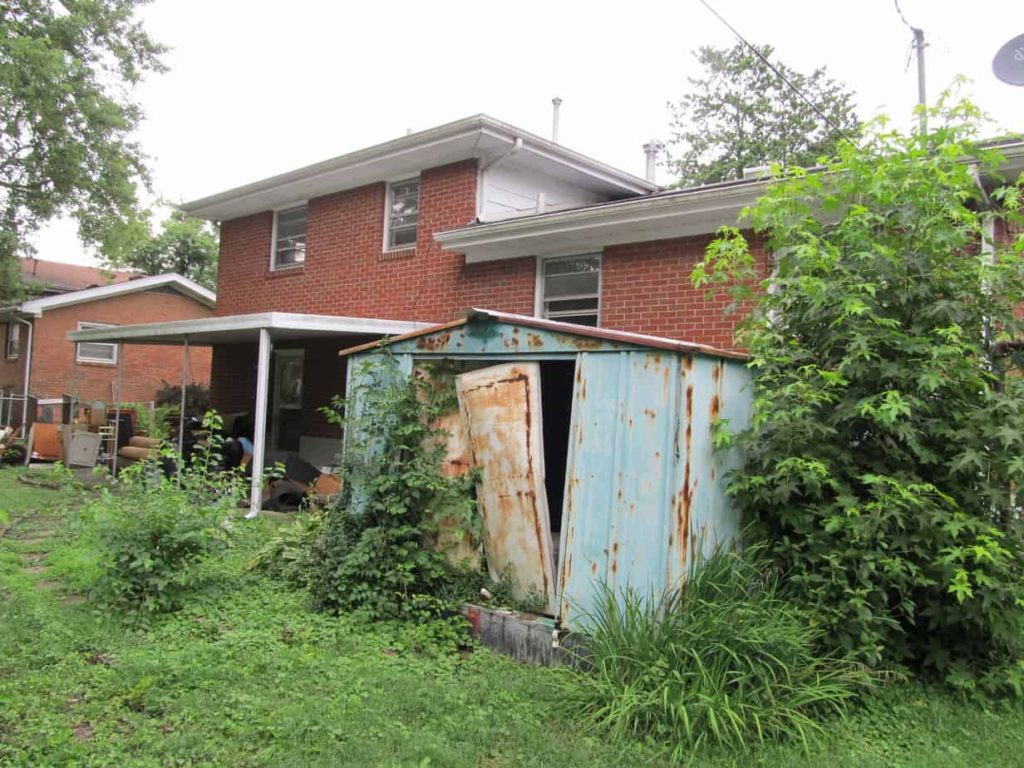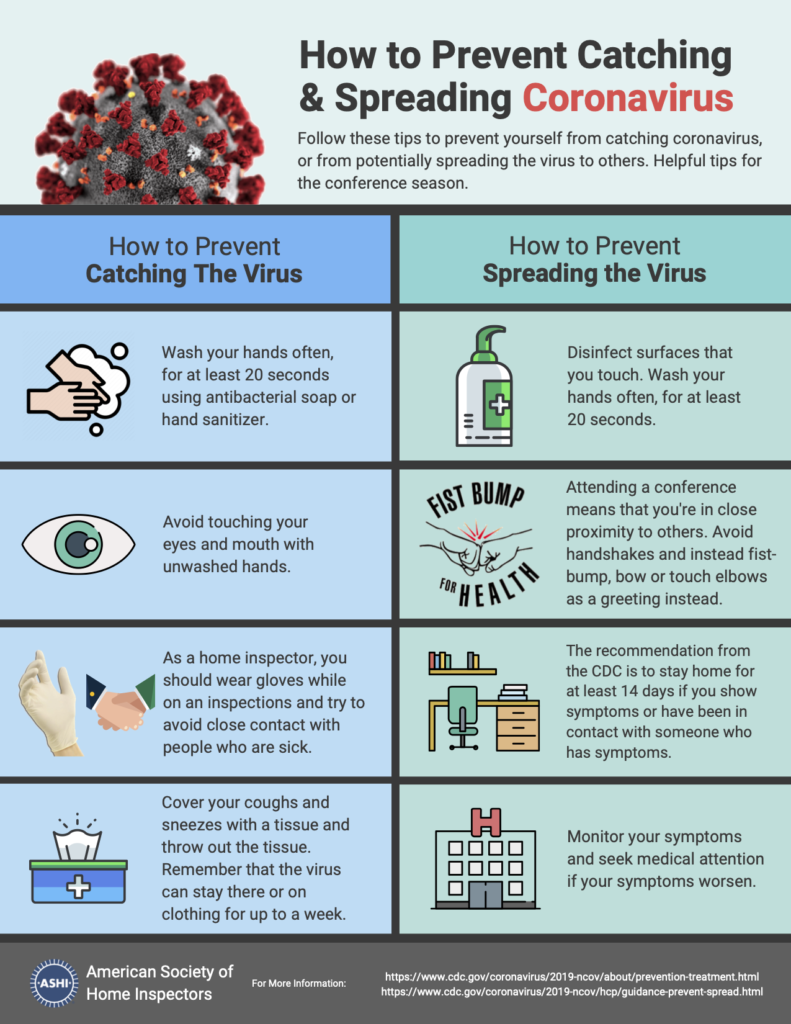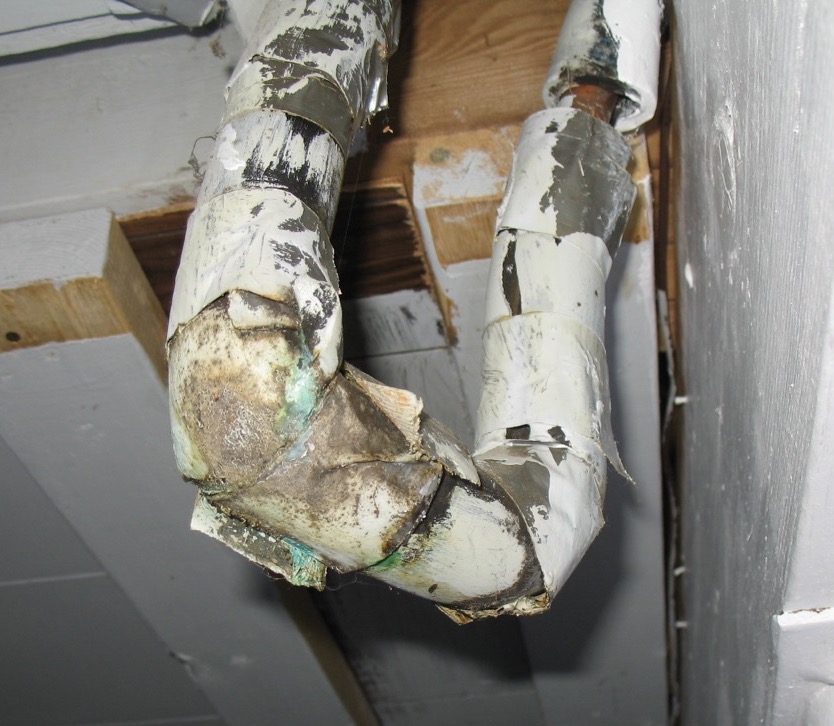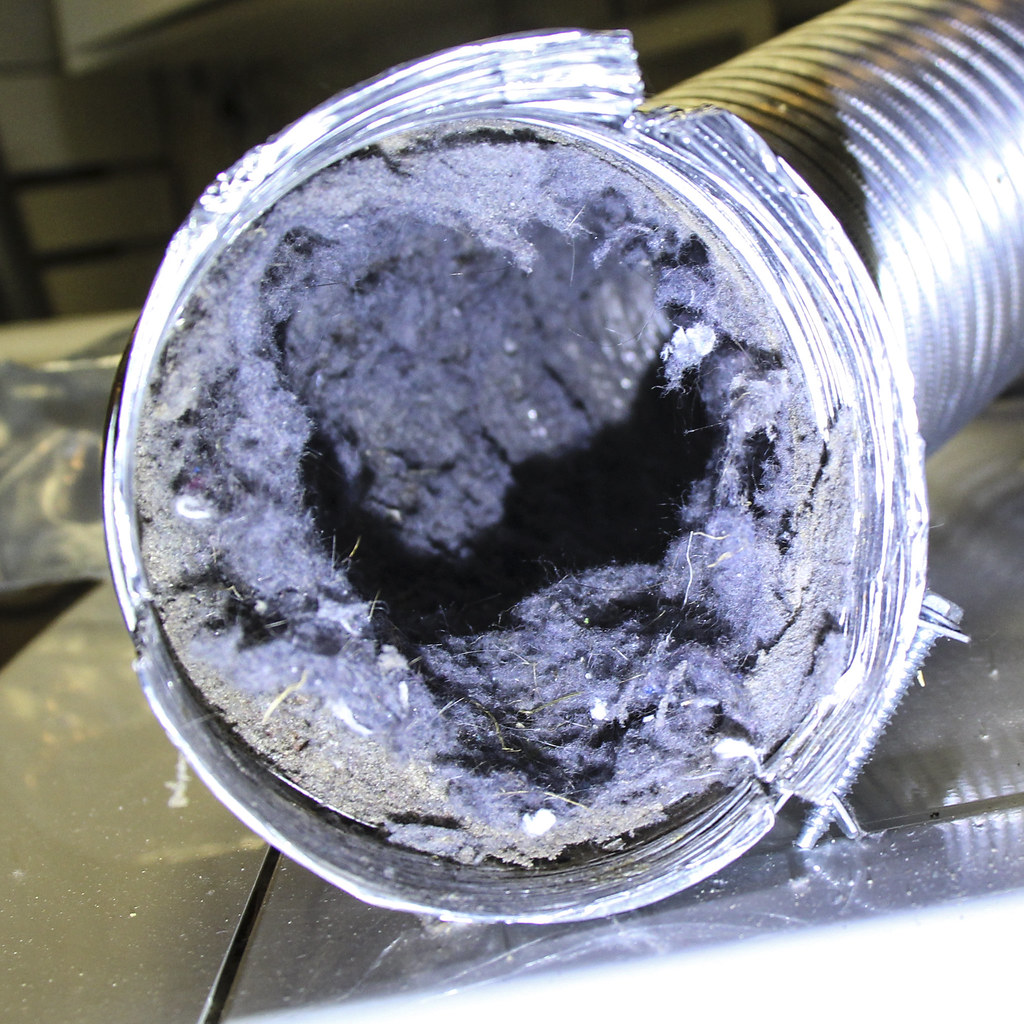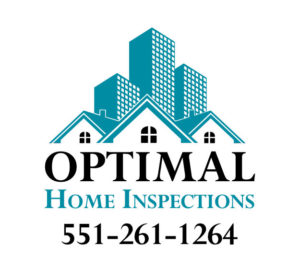So, you’ve evaluated your finances, thought about your lifestyle and made the big decision to sell your home. Maybe you’ve decided to downsize, or you’re moving out of the big city because you can now work remotely, or maybe you just want to live somewhere warmer and bought a house in Phoenix or a condo in San Diego. Whatever your reason, you’re ready to sell. With so many things to consider, selling a house can be an overwhelming process, and this is especially true during a pandemic. Luckily, for you, we put together a comprehensive guide on how to sell your house in 2021.

What to expect from the housing market in 2021
The coronavirus pandemic has had a major impact on our lives – from how we work to how we socialize and travel. It has also affected how we buy and sell homes. So, if you’re planning on selling your house in 2021, it’s important to understand what to expect from the housing market this year and how to best prepare. Luckily, Redfin Chief Economist Daryl Fairweather gives us her keen insights into what to look out for in 2021.
“Typically, the homebuying season starts in late spring, but this year, we expect the homebuying season to begin by late January. That’s because buyers will want to take advantage of record-low mortgage rates before they begin to rise. So if you are thinking about selling this year, you should get your home ready now. Buyers want move-in ready homes because they don’t want to worry about having contractors in and out of their new home during a pandemic. It won’t hurt to list your home early.”
Regardless of if you’re a first-time or seasoned home seller, this step-by-step guide will help you navigate how to sell your house this year.
1) Hire a home inspector
You’re probably thinking, wait, isn’t that the buyer’s responsibility? You’re not wrong. When you’ve accepted an offer, the buyer will most likely request a home inspection of their own. So, why would you have one? First, if a home inspection turns up something that’s in need of repair, wouldn’t you prefer to resolve it before entering into negotiations?
In fact, if you end up needing to make repairs that take weeks to fix, you may lose that buyer altogether. Having a home inspection is a proactive approach to getting your home ready to sell. Known as a pre-listing home inspection, you can find out the exact condition of your property, what issues and repairs need to be addressed beforehand, fix them, and then focus on the next task to sell your home fast.
Also, knowing the condition of your property will further assist you during the negotiation phase with potential buyers. As you may already be aware, buyers often use their home inspection as a way of getting concessions from sellers, such as asking you to drop your list price. If you’ve already addressed these repairs, it is less likely that anything new will come up and impact your negotiation. Before hiring an inspector, be sure to inquire about what measures they are taking to protect their customers from COVID-19.

2) Make repairs and small upgrades to your house
After you receive a comprehensive list of repairs you should make, it’s time to get started either making the repairs yourself or contracting out the right person. This may also be a great time to make small upgrades to your home.
Understand what today’s homebuyers are looking for
Due to the pandemic and so much time spent at home, there are certain features that are becoming a necessity for homeowners. For example, homebuyers want a home office. If you don’t have a designated office space, stage a spare bedroom or extra space as a home office. Add a desk, a plant, and a bookshelf to give it a look that will stand out on Zoom calls. Homebuyers are also looking for deluxe kitchens. This is no surprise as so many picked up cooking or baking as a new hobby in 2020. Consider upgrading your kitchen with new appliances and quartz or granite countertops. (Granite countertops are actually one of the top 10 home trends with the highest sale-to-list ratio in the U.S.)
Enhance your outdoor space
When you are selling your house, you want to find ways to make it stand out, and what better way than having the most beautiful entrance and lawn on the block. You don’t necessarily have to paint the exterior of your house to impress homebuyers. Simple things like trimming your hedges and a freshly mowed lawn will go a long way. Even freshly laid beauty bark and newly planted flowers can really make your yard pop. If these improvements seem like too much to handle while you’re trying to prepare your home to sell, look into hiring a landscaper to assist.
Brighten your home
When it comes to first impressions, a poorly lit home is at an automatic disadvantage. Darkness can make a home feel uninviting, dirty, and cramped even when it isn’t. So, before putting your home on the market, you’ll want to find simple ways to brighten your home. These can include painting your ceilings white and choosing a wall color that is brighter and more neutral, adding mirrors, replacing light bulbs, and adding additional light sources.

3) Declutter and prep your house to sell
Decluttering and prepping your house are steps you should make a priority when learning how to sell your house. Renting storage units is becoming an increasingly popular method of decluttering one’s house before selling it. The idea is to limit the amount of stuff in your house so that potential future owners can envision themselves (and their stuff) in that space. Even removing photos is a great way to allow potential buyers to think about what they would hang on those walls. If you’re looking for a quick turnaround, bring in a professional organizer, or schedule a virtual consultation. They can help get your house in order, while also preparing you for a stress-free move.
4) Find a real estate agent
Finding a real estate agent is easy, finding a great real estate agent can be more of a challenge. Getting referrals and reading online reviews is a great way to start narrowing down your options. You’ll want to understand what you’re looking for when hiring a real estate agent to represent your best interests. Here are some questions to consider asking any potential candidate:
- How many clients have you served this year?
- Has a client ever filed a complaint against you?
- What is your fee?
- What services do you offer beyond negotiations and escrow?
After you decide on a real estate agent, you and your agent should come up with a plan of action for how to sell your house. It should include a timeline, from the pricing of your house and getting it listed on MLS to personal showings. You and your agent should be on the same page at all times and a plan of action will help ensure that.

5) How to price your house to sell
Now is the time to find out what price you should list your home. You can start by using online tools to help you get an idea of what your home is worth. However, you should never set your sights on a single number and expect it to happen. Market conditions change all the time and so does buyer behavior.
Another option is to conduct an appraisal. Home appraisers are licensed professionals that will assess the value of your house based on the state of your property and overall housing market conditions. They will look at the size of your property, the interior and exterior conditions of your house, any upgrades, additions, or home improvements you’ve done, and then calculate your home’s worth based on the local market conditions.
Looking at comparables of recently sold homes in your area will also help you settle on a price. These homes should be similar in size, location, and sold within the last few months. Furthermore, you want to be strategic about your pricing. Instead of lumping the price of your house in with others in the area, strategize your pricing based on your home’s selling features. In other words, if there are three houses for sale in your area and they are priced at $350,000, you might be able to justify $360,000 or more because you have a larger lot size or maybe you’re located in a popular neighborhood.

6) Stage your home to sell
If you don’t deem yourself a design-minded individual, consider hiring a professional home stager to help. Given the current climate, however, not everyone necessarily wants a professional stager to enter their house. Luckily, many staging services offer virtual consultations as a popular alternative. Regardless if you work with a professional or handle the staging on your own, here is a list of things to consider that will really help you make your house shine:
- Clear the clutter: You may have already transferred most of your belongings to a storage unit by this point. Now is the time to focus on cleaning up the clutter on countertops and tables. Put away newspapers, mail, or magazines, or if you have children, help them pick up their toys.
- Deep clean your house: Nothing turns off buyers more than an unclean bathroom. That is also true for the rest of your house. Now more than ever is the time to wash your windows, windowsills, and scrub your grimy glass shower doors.
- Add white accents: White accents such as flowers or towels in the bathroom create a sense of welcome cleanliness.
- Arrange furniture: You don’t have to necessarily rent furniture to stage your home. You can most likely use what you have. The key is to limit the number of furniture pieces in any one room. Then arrange them in a way that’s inviting to people as they enter the room.
- Bring in light: Think about removing your curtains or keeping them drawn back to allow as much light into your house as possible. If you have rather large elaborate curtains, consider storing them away until you get to your next home.
- Highlight your floors: Floors are a key feature homebuyers are looking at, especially if you have wood floors. Show them off by removing any rugs or unneeded furniture so more of your flooring can be seen. If you have wood floors, think about polishing them to really make them pop.
- Organize all closets and drawers: Homebuyers touring your home will most likely look in your closets to determine space and, frankly, to see if their stuff will fit in there. They will also likely open kitchen drawers and cabinets as well, so make sure everything is nice and tidy.
- Dust: Concentrate on all the areas that you’ve most likely have turned a blind eye to for some time, like ceiling fans, baseboards, on top of doorways, appliances, etc.

7) Get professional photos taken of your home
Nothing sells a house faster than professional photos. This is especially true now, as many prospective buyers are conducting their home search completely online due to the coronavirus. Put yourself in the buyer’s shoes. They are searching online, looking at every home that comes up for sale within their filtered interests the moment it’s listed. If your house is represented online by poorly shot photography, your listing will see very little traffic. Not to mention, it’s widely observed that houses with professionally shot photos, on average, sell for more money than other listings.
When planning how to sell your house, you should also strongly consider having your home digitally scanned for an online 3D tour. These 3D walkthroughs, where you point and click through a home from your computer, are more than 5 times as popular now as they were before the pandemic. And with more buyers buying from out-of-town, a 3D walkthrough can help out-of-town buyers decide whether to make an offer on your home before they have a chance to see it in person.
Lastly, aerial photography that shows a bird’s eye view of one’s home and its surrounding area has become increasingly popular with buyers looking online. Many agencies include some or all of these services as a component of their overall services to you as a seller. Just remember, the better you represent your house online, the faster it will sell.
8) List your home to sell
Your real estate agent will list your home online on MLS (Multiple Listing Service), in order for it to start showing up on real estate websites for potential buyers. Also, don’t limit the marketing of your house to your real estate agent and online search. Market your house yourself. Spread the word through your family and friends. Share your listing on social media and send out emails asking people to share your listing with others.

9) Have a plan in case your home doesn’t sell quick enough
You and your real estate agent should have already gone over this beforehand, but not every house sells quickly. There are many factors at play and depending on the condition of the housing market for your area, your real estate agent may have to use some other strategies in their arsenal to get your house sold. If it’s lowering the price of your home or holding more tours, you’ll want to agree on what the next steps should be in case your house isn’t seeing any offers.
10) Negotiate the sale price of your home
One thing to consider is that the buyer is trying to get the absolute best price they can, while you’re doing the exact same. There will be multiple factors to consider, as each home sold and purchased is different. For example, if it’s a buyer’s market, that means the buyer has the upper hand because there are multiple listings with fewer offers being made. However, that doesn’t necessarily mean you have to make huge concessions in order to sell your house.
This is where your agent really steps up. They will help you navigate the negotiation process, and will give you their advice on how to proceed when offers are being made. Luckily, you interviewed and hired the right agent, so you know they have your best interests in mind.
11) Sign and close
You and your agent have been working towards this moment. You’ve agreed on a price with the buyers, all inspections and appraisals of your home have been completed, and you are now ready to sign the papers and close. To comply with social distancing guidelines, some states are now allowing completely electronic closings, called eClosings. Once you’ve signed all of the paperwork – congratulations, you’ve sold your house!
Originally published by Redfin

